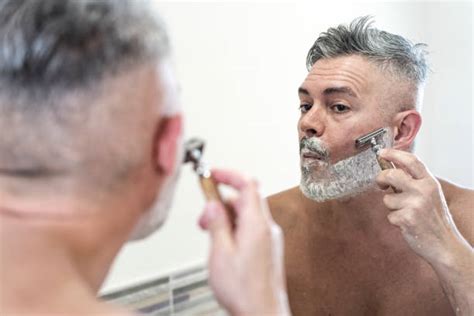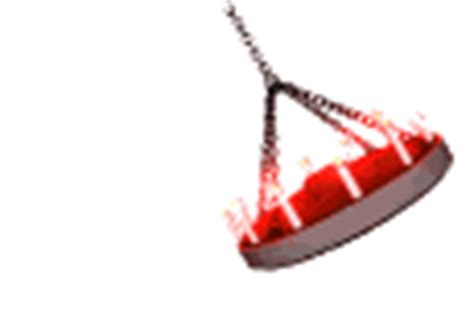Optimize your shave: Eliminate razor burn & ingrowns for peak skin performance.

Shaving is a daily ritual for many, yet it often comes with unwelcome guests: razor burn and ingrown hairs. These common skin irritations can turn a routine into a painful chore, diminishing your skin’s health and appearance. But what if you could transform your shave into a luxurious, irritation-free experience, leaving your skin smooth, healthy, and performing at its peak? It’s entirely possible, and it starts with understanding the science behind a good shave and implementing a few key strategies.
Understanding the Culprits: Razor Burn & Ingrown Hairs
To conquer razor burn and ingrown hairs, we must first understand what causes them. Razor burn is an irritation of the skin caused by improper shaving techniques, dull blades, or insufficient lubrication. It manifests as redness, stinging, and sometimes bumps. Ingrown hairs, on the other hand, occur when a hair curls back or grows sideways into the skin, causing inflammation, red bumps, and sometimes infection. Both can be prevented with a thoughtful approach to your grooming routine.
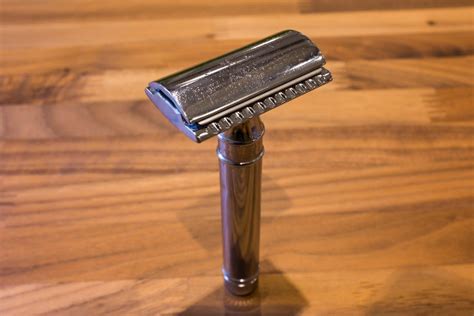
Pre-Shave Prep: The Foundation for Flawless Skin
The secret to a great shave begins long before the blade touches your skin. Proper preparation softens hair, opens pores, and creates a protective barrier, reducing friction and irritation.
- Warm Water & Cleansing: Start by washing your face with warm water and a gentle cleanser. This removes dirt and oil, and most importantly, softens your hair follicles, making them easier to cut. A warm shower before shaving is ideal.
- Exfoliation: Gently exfoliating 2-3 times a week (but not immediately before every shave, especially if your skin is sensitive) helps remove dead skin cells that can trap hairs and lead to ingrowns.
- Pre-Shave Oil: A good quality pre-shave oil adds an extra layer of lubrication, protecting your skin from the blade and allowing it to glide more smoothly.
Mastering Your Technique: The Art of the Blade
Once your skin is prepped, your shaving technique becomes paramount. Sloppy habits are often the direct cause of razor burn and ingrowns.
- Use a Sharp Blade: This is non-negotiable. A dull blade drags, pulls, and causes irritation. Replace your razor cartridge or blade frequently – typically after 5-7 shaves for multi-blade razors, or every 1-3 shaves for safety razors.
- Lather Up Properly: Use a rich, hydrating shaving cream or gel. Apply it evenly and generously, allowing it to sit for a minute or two to further soften the hair.
- Shave with the Grain: For most people, shaving in the direction of hair growth (with the grain) is the best way to prevent irritation and ingrowns. While it might not give as close a shave, it significantly reduces tugging and minimizes the chances of hair curling back into the skin. If you need a closer shave, re-lather and go across the grain, or very carefully against the grain, but only if your skin can tolerate it without irritation.
- Light Touch, No Pressure: Let the razor do the work. Pressing too hard is a common mistake that leads to nicks and irritation.
- Rinse Blade Frequently: Rinse your razor under warm water after every few strokes to prevent hair and cream build-up, which can dull the blade’s effectiveness.

Post-Shave Perfection: Soothe and Protect
Your shaving ritual isn’t complete until you’ve cared for your skin immediately after. This step is crucial for calming any potential irritation and sealing in moisture.
- Rinse with Cold Water: A splash of cold water helps close pores and soothe the skin.
- Apply Aftershave: Choose an alcohol-free aftershave balm or lotion. Alcohol-based products can dry out and irritate the skin. Look for ingredients like aloe vera, witch hazel, chamomile, or essential oils known for their soothing and anti-inflammatory properties.
- Moisturize: Even if your aftershave has moisturizing properties, a dedicated face moisturizer can provide an extra layer of hydration, keeping your skin supple and preventing dryness.
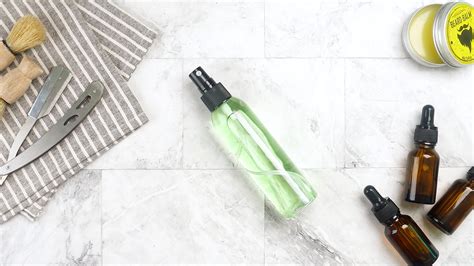
Tools of the Trade: Choosing Wisely
While technique is key, the tools you use also play a significant role. Experiment to find what works best for your skin and hair type.
- Multi-Blade Razors: Convenient, but sometimes the multiple blades can cut hair below the skin’s surface, increasing the risk of ingrowns.
- Safety Razors: Many find safety razors (single blade) reduce ingrowns and razor burn because they cut the hair cleanly at the skin’s surface. They require a bit more practice but can offer a superior shave.
- Electric Shavers: Offer a less aggressive shave and can be a good option for highly sensitive skin, though they may not provide as close a shave.
- Shaving Brushes: Help create a rich lather and exfoliate the skin gently, lifting hairs for a closer cut.
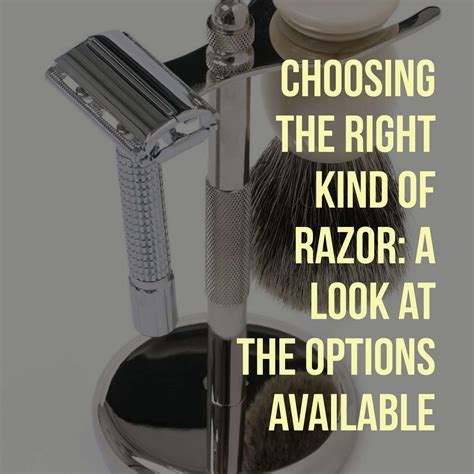
Consistency is Key for Peak Skin Performance
Eliminating razor burn and ingrowns isn’t about one quick fix; it’s about establishing a consistent, mindful shaving routine. By prioritizing skin preparation, refining your technique, and providing post-shave care, you’ll not only minimize irritation but also promote healthier, more resilient skin. Embrace these practices, and your skin will thank you with a smooth, comfortable finish every time, ready to perform at its peak.







